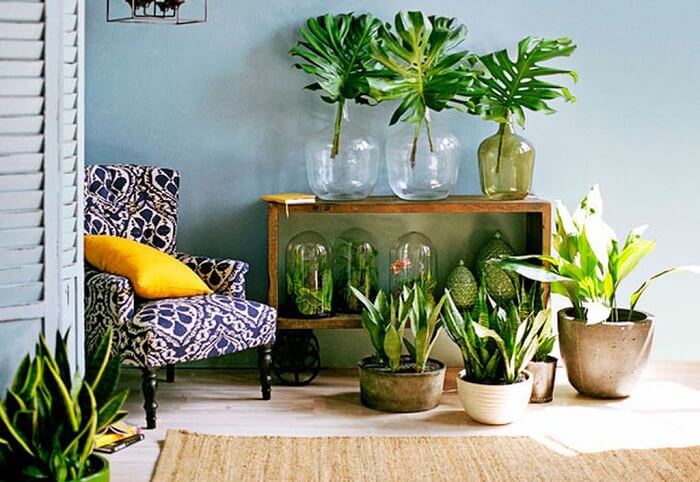Indoor house plants have become popular since Greeks and Romans started bringing them from outdoors. In the 1970s, the Victorians enjoyed growing potted spider plants and ferns. The pleasant greenery looks good and adds benefits to health. According to research studies conducted by NASA, plants remove up to 87% volatile organic compounds every 24 hours. Some of these indoor plants can remove harmful toxins and purify the air. Having these plants in the house can ensure you breathe in cleaner air and stay healthier. Here are 5 top house plants that clean and purify the air.
{ 1 } Spider Plants Are Great Purifiers
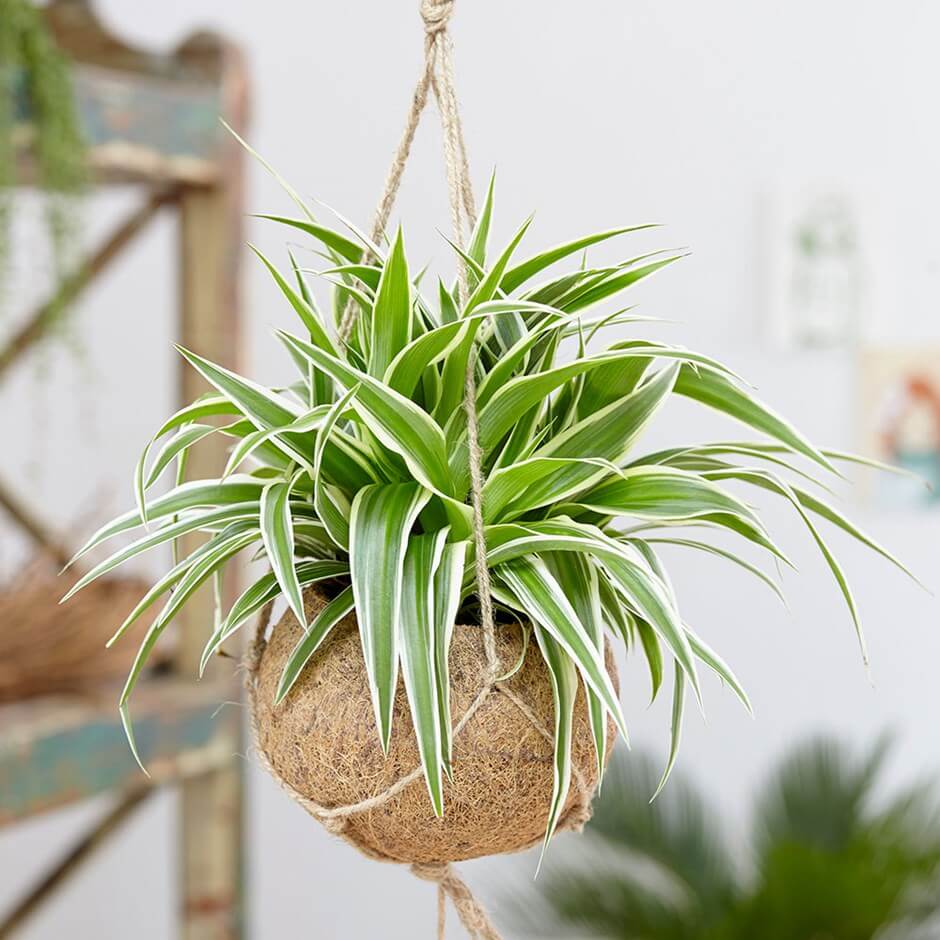
Spider Plants (Chlorophytum comosum) are also known as Hen and Chickens. The leaves are long, slender, and flat. These arch from a common central point. Mature plants give out rooted sprouts that can be used for propagating. Spider plants are very easy to grow indoors and great for hanging baskets. You can leave the plant on top of the table/shelf.
Benefits:
Spider Plants produces oxygen. Spider plants absorb carbon monoxide, formaldehyde, and xylene. Thus, these indoor plants purify the air at home and office. Spider Plants influences people to be happy, productive, distressed and good well-being. Spider Plants are non-toxic and edible so it is safe for pets and young children.
Care:
Spider Plants do not require frequent watering so once a week is fine. When the soil is dry to touch, water these plants. Moisten the soil without making it soggy. They do not need to water much especially during winter. Spider Plant needs moderate light. Do not leave them in direct sunlight as the leaves might get scorched. Yet, you should place the plant in bright light areas. This helps in maintaining the white coloring at the center of the leaves. Moreover, this produces new shoots. Spider Plants survive well in artificial lighting too.
{ 2 } Dracaena As House Plants
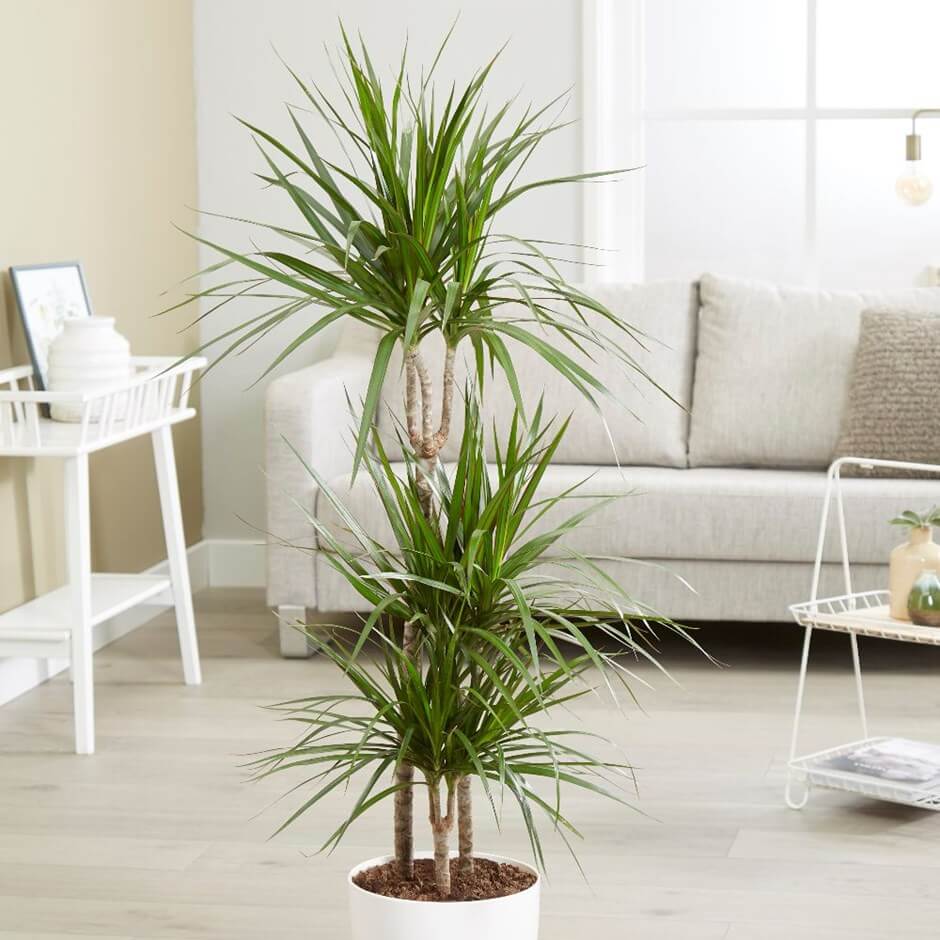
Dracaena exists as many species. Most of these grow in the arid and semi-desert environment. The trees have stout trunks and rigid, broad leaves. The small shrubs have slender stems and flexible strap-shaped leaves. These plants are ideal for growing indoors.
Benefits:
Dracaena absorbs benzene, carbon dioxide, formaldehyde, and trichloroethylene. These chemicals cause anemia, headaches, kidney disease, marrow disease, respiratory problems, and others. This plant certainly improves the indoor air quality making it easier to breathe fresh air, fight cold, and remove air-borne contamination. Adds 97% water during photosynthesis and adds humidity in the air. This decreases coughs, colds, skin-dryness, and sore throats. Dracaena has been positively linked with enhanced mood and sense of well-being, self-esteem, cognitive and more. It contributes to making people happy.
Care:
Dracaena plants should be placed in bright and indirect light. Temperature between 60-70°F is good. The plant needs lukewarm water that should drain through the bottom of the pot. Before next watering, wait till the surface is dry to touch. Fertilize once a month during summer and spring.
{ 3 } Aloe Vera Heals And Purifies
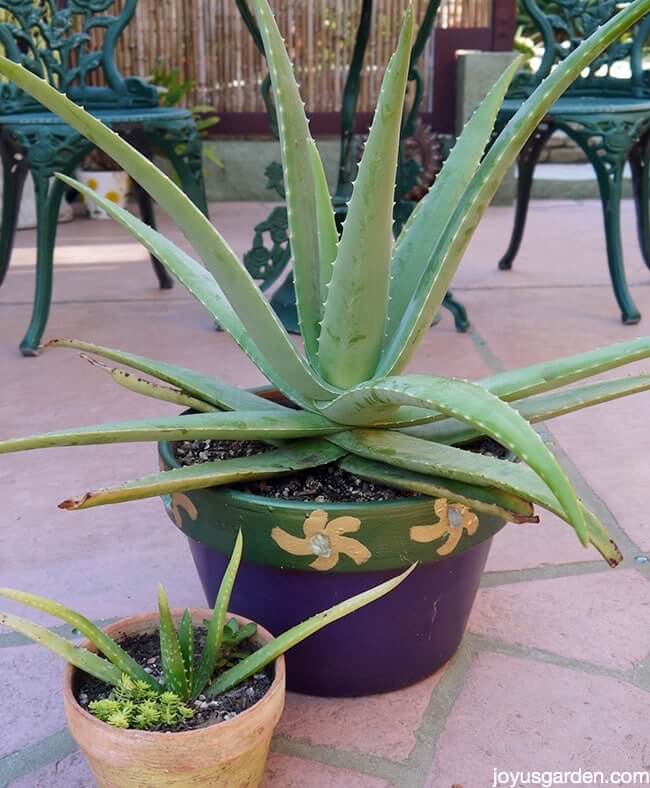
Aloe Vera (Aloe barbadensis Miller) is a succulent, perennial evergreen plant that originated in the Arabian Peninsula. Aloe Vera grows in dry regions of Africa, Asia, Europe, and America. In India, Aloe Vera grows in Andhra Pradesh, Gujarat, Maharashtra, Rajasthan, and Tamil Nadu. Currently, Aloe Vera is cultivated for agricultural and medicinal benefits. Also, people grow potted Aloe Vera indoors. Aloe Vera is used in beverages, foods, cosmetics, herbal remedies, and more.
Benefits:
Aloe Vera is well-known for its natural antioxidant and antimicrobial properties. Its gel is useful in all skin conditions including cuts and burns. Aloe Vera has antimycoplasmic activities that destroy Mycoplasma bacteria lacking a cell wall and unaffected by antibiotics. It also protects against the ultraviolet irradiation of the sun. Aloe Vera protects from skin damaged by radiation therapy and also helps in healing second-degree burns.
Care:
Aloe Vera is like any cacti requiring dry potting soil mix or potting soil with building sand. The pot should have many drainage holes because the plant does not like water standing. Aloe Vera needs proper bright light. Place it in south or west facing windows. While watering the plant, the soil should be completely dry before re-watering. Drench it thoroughly and ensure the water drains freely from the soil.
{ 4 } English Ivy Cleans The Air
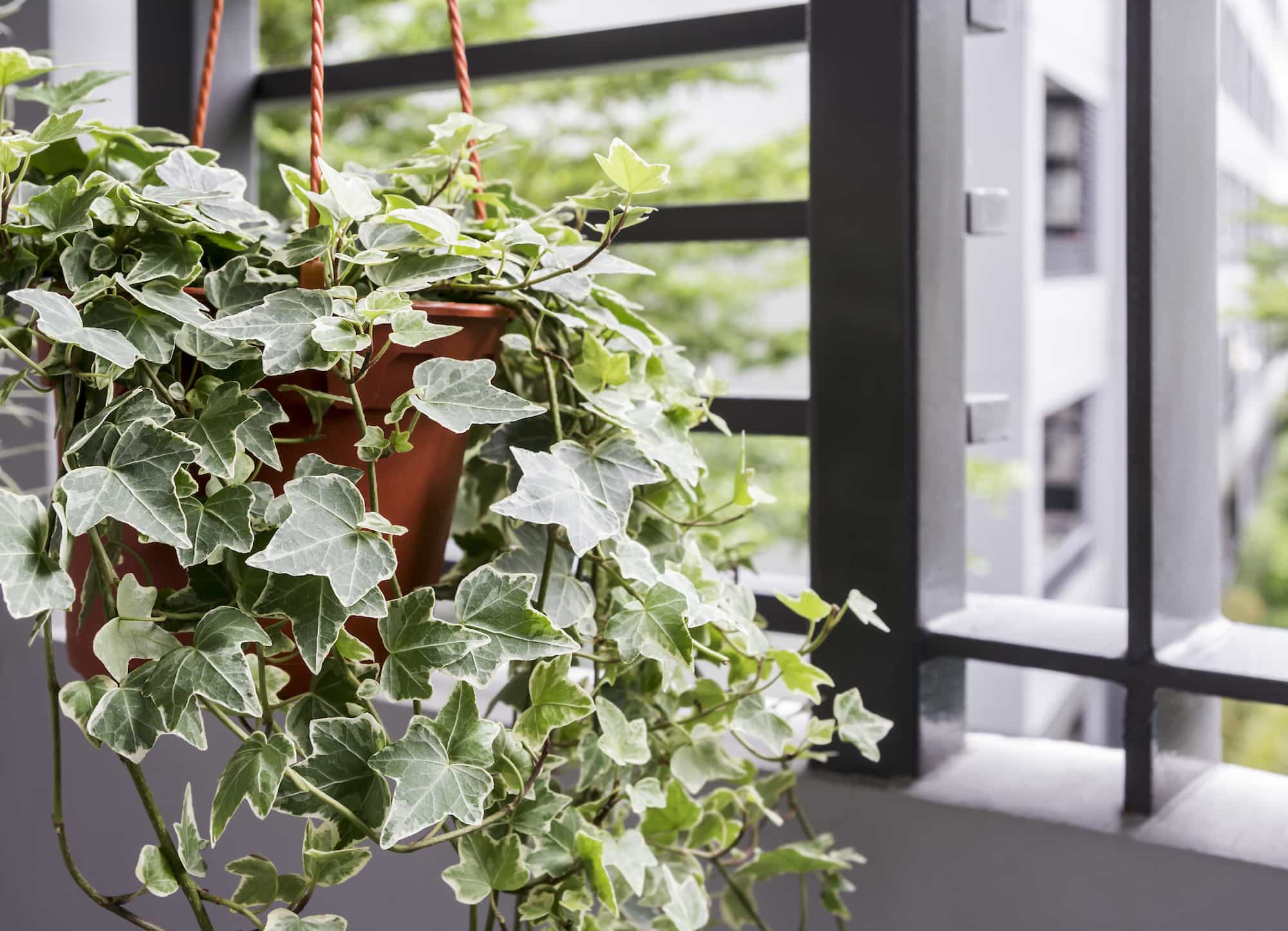
English Ivy (Hedera helix) is also known as European ivy and Ivy. Ivy is evergreen so it looks attractive even during winter months in Europe and western Asia. People grow Ivy to decorate their gardens, walls, tree trunks and more. Indoors, people grow Ivy in hanging baskets.
Benefits:
According to NASA, English Ivies remove toxins like benzene, formaldehyde, toluene, and xylene from the air. These chemicals cause sick-building syndrome when overexposed spending time in a contaminated room. Some of these illnesses include asthma, bronchitis, chronic obstructive pulmonary disease (COPD), inflammation, and arthritis. English Ivy has anti-arthritic, anti-inflammatory, antimicrobial, antioxidant, antispasmodic, antitumor and antiviral properties. It also has triterpenoid saponins for absorption during digestion and fights bacteria. Its flavonoids remove toxins, strengthen blood vessels, reduce allergies and modulate body enzymes.
Care:
Indoors, you can grow English Ivy in pots using a stake or some other vertical structure. Otherwise, you can create a hanging basket of the English ivy. Growing English Ivy requires very little effort. Initially, keep the soil moist until the plants grow well. English Ivy seldom requires fertilizers. Yet, if you wish, then you can spray it with half-strength diluted liquid fertilizer.
{ 5 } Bamboo Palm For Indoor Planting
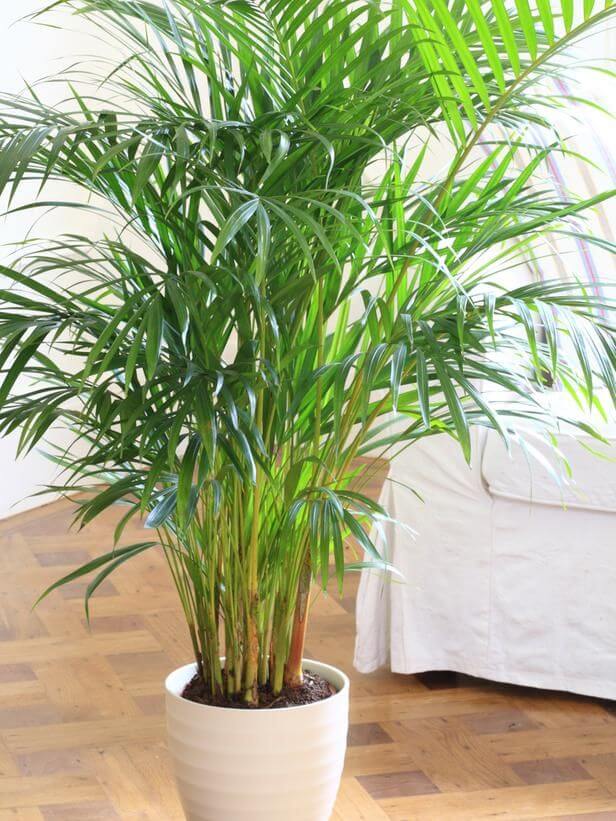
Bamboo palm (Chamaedorea seifrizii) is a tropical plant. This plant has an attractive appearance and offers numerous health benefits.
Benefits:
Bamboo plants produce water and oxygen to the air. Moreover, Bamboo plants are well-known for removing benzene, formaldehyde and toluene organic toxins injurious to health. Benzene is genotoxic causing alteration of genes leading to Leukemia in adults. Benzene causes negative effects on children and pregnant women who end up getting miscarriages. Formaldehyde is a carcinogen or cancer-causing. Causes nose and eyes irritation. Toluene causes eye, nose and throat irritation, dizziness, visual disorders.
Care:
Bamboo palm likes shade. It grows well when regularly watered and aerated. You might need to add fertilizer during its growing season. Regularly remove the brown dead leaves. Sometimes, the plant requires a spray of mild detergent water to kill insects.
